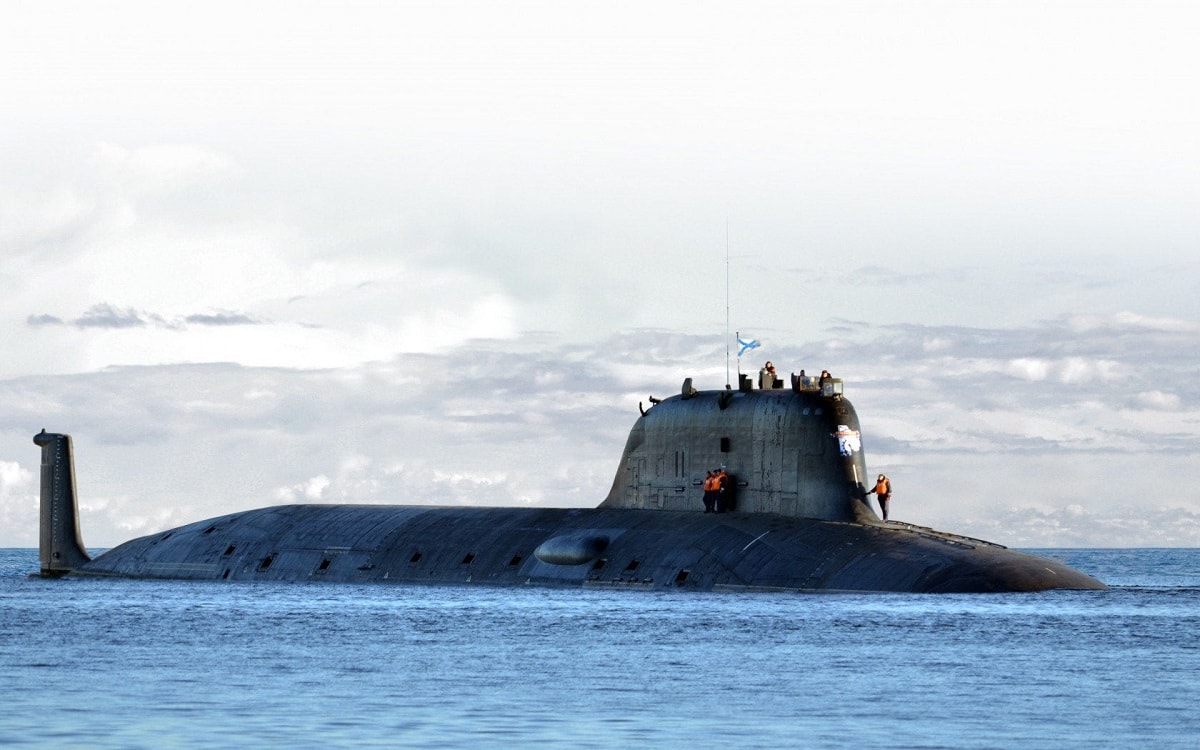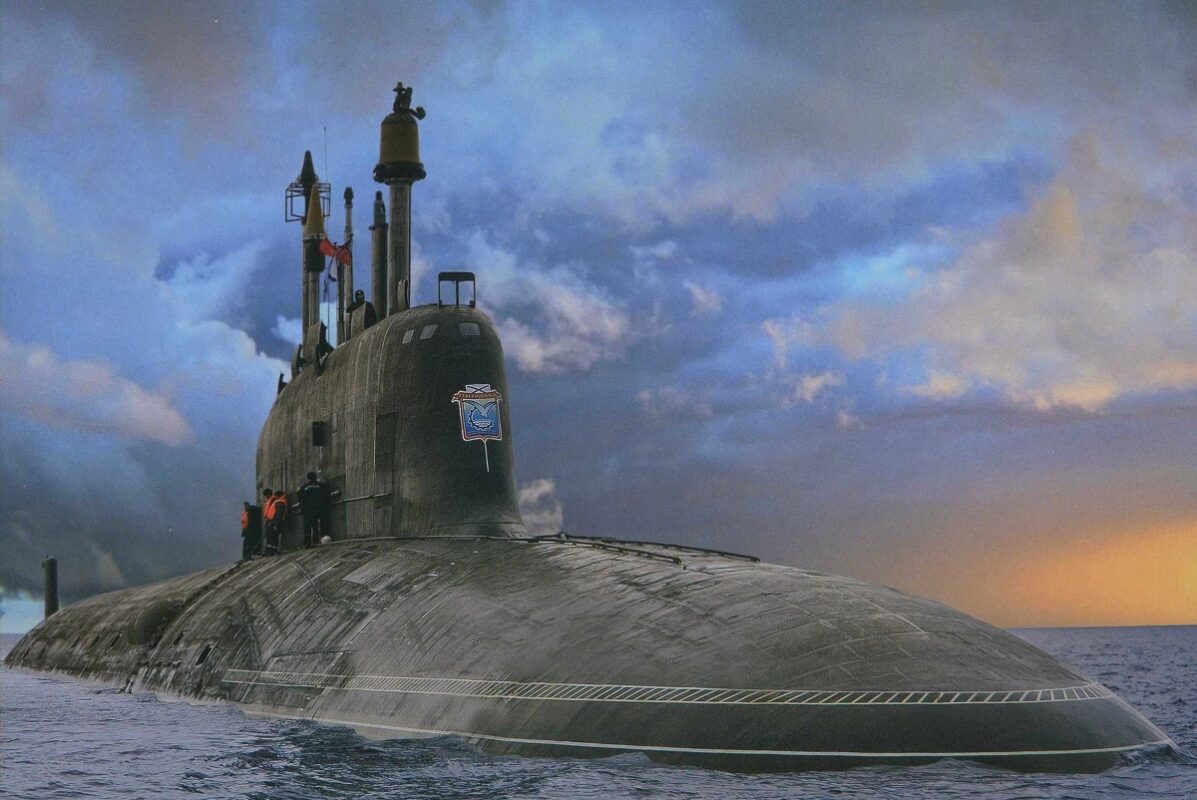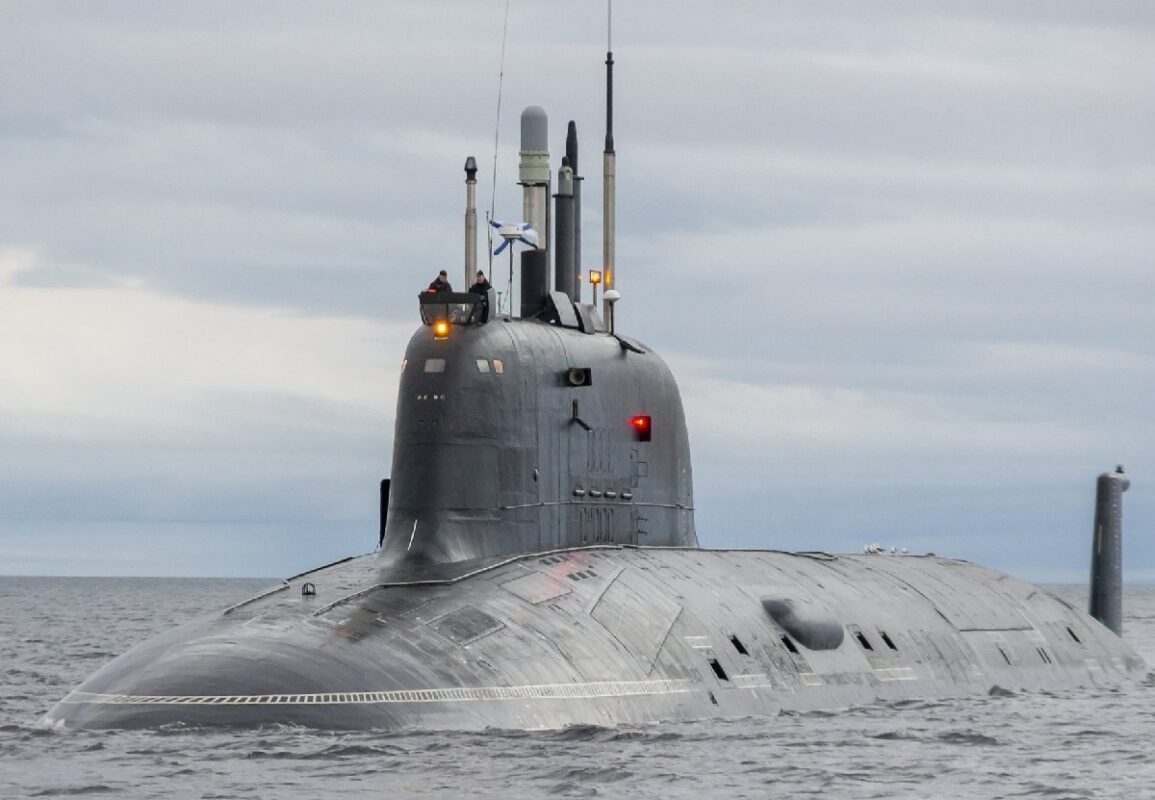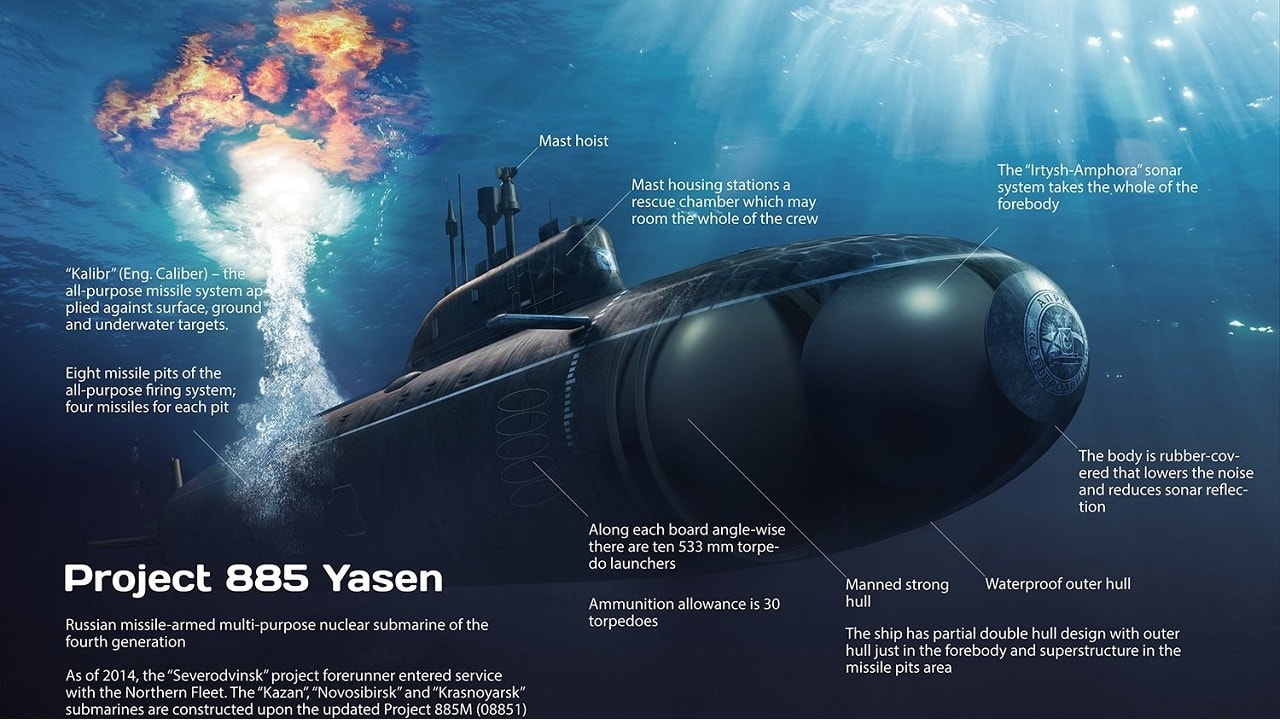Russia’s Latest Yasen Nuclear-Powered Attack Submarine Preparing for Sea Trials – Officials at the massive Sevmash yard in the northern Russian city of Severodvinsk announced earlier this month that the latest Russian nuclear-powered attack submarine is being readied for sea trials in the White Sea in the coming weeks.
“All work is carried out in accordance with the schedule,” Mikhail Fedyanevsky, head of the delivering team, told the state-owned news channel Vesti Sevmash.
Krasnoyarsk (R-571) was laid down in July 2014 and launched last July. The sub has already successfully completed hydraulic pressure hull tests, while mooring trails were being conducted last month. Sea trials are expected to begin as soon as the ice clears and the boat can head to sea. Following the completion, the submarine will be handed over to the Russian Navy, and will be then be deployed to the Pacific Fleet.
R-571 is the third Yasen-M submarine to be completed at the facility.
New Class of Attack Submarines for Russia
Developed in the late 1980s by the St. Petersburg-based Malakhit Design Bureau of Machine-Building, the Yasen-class was initially intended to replace Russia’s aging Akula-class nuclear-powered attack submarines. The lead vessel, Severodvinsk, was laid down in 1993, but due to funding issues as a result of Russia’s financial crisis, the project sputtered in the decade following the collapse of the Soviet Union.
By the time a newly modernizing Russian Navy returned to finish the Severodvinsk in the late 2000s, it was seen as being on the verge of obsolescence. Instead of starting from scratch, however, the Kremlin opted to relaunch the Yasen-class under the Yasen-M designation, which saw a slew of design tweaks and performance upgrades to address the roughly two-decade gap between Severodvinsk and the next Yasen-class submarine, Kazan.

Image Credit: Russian Federation.

Image: Creative Commons.

Image: Russian Navy.
The Yasen-class submarines have a submerged displacement of 13,800 tons and can reach a maximum speed of up to thirty-five knots. The Yasen-M revision further offered revamped onboard electronics, a slightly reduced overall length, and reportedly a new KTP-6 rector that is believed to reduce the submarine’s noise levels significantly.
Unlike older attack submarines built in the late Soviet period, the Yasen-M class boats are actually multi-purpose vessels that can carry different weapons, including the most advanced new long-range Tsirkon hypersonic cruise missiles. There are ten silos for vertically launched cruise missiles, and according to reports, the submarines can also be equipped with Kalibr-PL and Oniks cruise missiles as their basic strike weapons.
In addition to the Krasnoyarsk, the Sevmash yard has four more Yasen-class vessels at various stages of construction. When completed and following commissioning, those submarines will be based both with the Northern Fleet on the coast to the Barents Sea and with the Pacific Fleet in the Far East. Along with the Russian Navy’s Borei-class ballistic missile submarines, the Yasen-class boats are reported to play a central role in Russia’s defense and deterrence.
Now a Senior Editor for 1945, Peter Suciu is a Michigan-based writer who has contributed to more than four dozen magazines, newspapers and websites. He regularly writes about military hardware, and is the author of several books on military headgear including A Gallery of Military Headdress, which is available on Amazon.com. Peter is also a Contributing Writer for Forbes.

